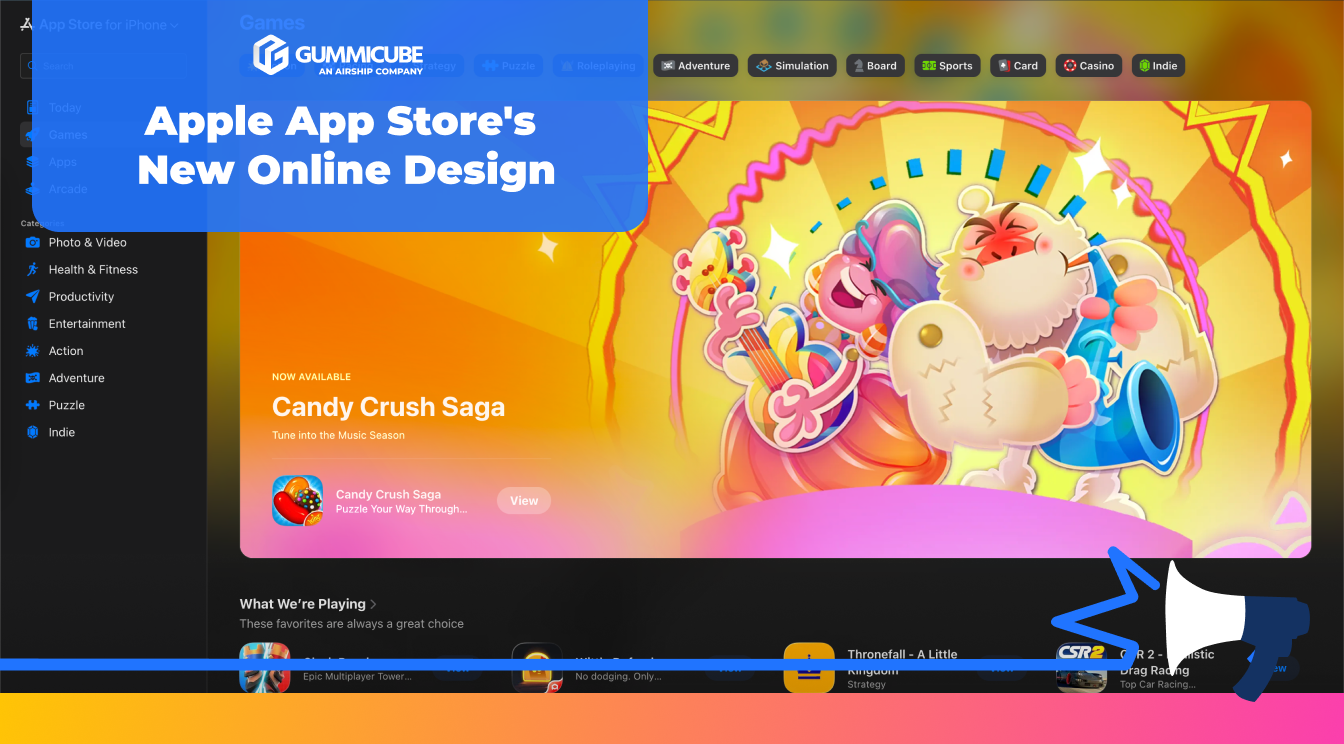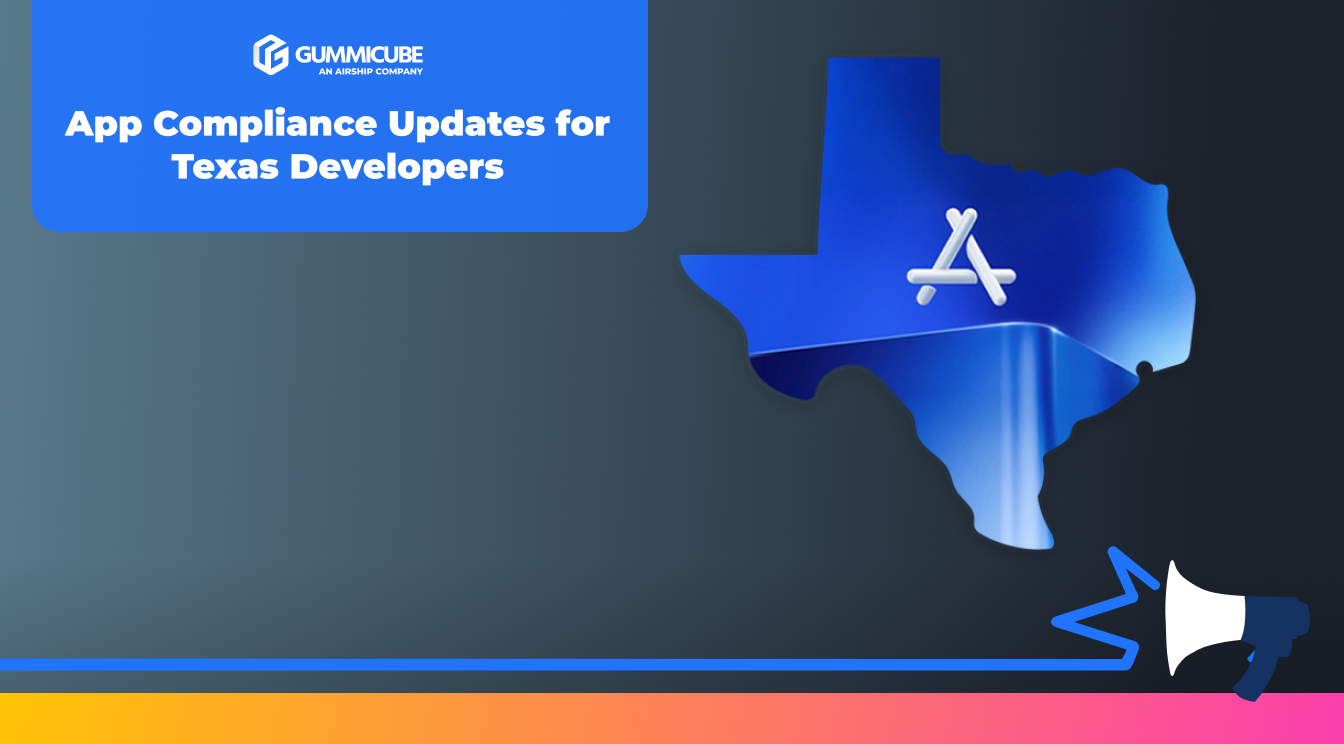
Best Google Play Store Apps in 2025
Posted on November 26th, 2025
The Google Play Best of 2025 winners highlight a diverse digital landscape. But even the most exceptional apps can struggle without a data-driven ASO.

In July of this year, Apple quietly removed over 420,000 apps from the iOS App Store. Why these apps were removed is quite simple: with the release of iOS 14.5 Apple debuted their new user privacy requirements in the form of App Tracking Transparency, and with this new policy came a new way that developers and mobile marketers needed to handle personal user information. Many apps did not get the updates they needed in order to be in compliance. Read on to learn if your app complies with these regulations and if you are at risk of having your app removed from the iOS App Store.
Earlier in 2021 Apple finally released their long anticipated, and dreaded, App Tracking Transparency (ATT) policy. App Tracking Transparency set in place rules that developers and mobile marketers had to follow when handling personal and sensitive user data. First and foremost, developers had to add a prompt for users to either agree to sharing their personal data or opt out. This prompt appears the first time a user opens an app after installation.
While that seems pretty straightforward, Apple had quite a few guidelines on how developers could create this prompt. One very important rule that needed to be followed was not making this prompt look like it originated from Apple’s system.
From Apple's guidelines on human interface:
Incentive*: Don’t offer incentives for granting the request. You can’t offer people compensation for granting their permission, and you can’t withhold functionality or content or make your app unusable until people allow you to track them.*Imitation Request*: Don’t display a custom message that mirrors the functionality of the system alert. In particular, don’t create a button title that uses “Allow” or similar terms, because people don’t allow anything in a pre-alert screen.*Alert Image*: Don’t show an image of the standard alert and modify it in any way.*Alert annotation*: Don’t draw a visual cue that draws people’s attention to the system alert’s Allow button.*
While a portion of these apps removed were inevitably developers looking to exploit loopholes in this nearly airtight policy, it is likely that a large percentage of these apps were neglected by the developers or are low priority apps. What are the main reasons a developer would want to bypass this new policy and continue collecting data from users though?
With the implementation of App Tracking Transparency came the phasing out of the IDFA - Identifier for Advertisers - which allowed marketers and thus developers to more accurately gain metrics on what drives conversion. Without the ability to get granular information on down funnel events, these developers mistakenly think that they will not be able to optimize their apps for the right audience. Thankfully, with a well thought out App Store Optimization strategy in your toolkit, you will not have to rely so heavily on the personal information of users tied to these down funnel events.
App Store Optimization (ASO) is a complex and detailed process that involves extensive research and rigorous iterative testing. Researching the competitive landscape and learning what is driving users at a high level, such as creative trends and engaging copy, allows you to understand what is what makes users want to download your app across various demographics.
By widening the top of your funnel to be appealing to the largest number of potential users, you do not risk isolating undiscovered demographic opportunities. Further refining this approach through iterative testing of both creative and metadata assets will allow you to strengthen the foundation of your optimization, thus relying less on specific demographics and more on an independent level of visibility.
This is not to say that having more granular conversion data on a user level isn't helpful, but not being able to access this data is not an end-all-be-all for mobile app marketing. Combining top ASO tools and a solid strategy with the amount of aggregate data that can be gathered post App Tracking Transparency can set your app up for success while also staying compliant with Apple’s policies.
Earlier this year Apple removed over 420,000 apps from the iOS App Store. While this may sound like an alarming number, bringing a total of 2 million available iOS apps down to 1.6 million in a very short amount of time, it is unlikely that your app is at risk. As long as your app is compliant with Apple's App Tracking Transparency policy guidelines you should be spared of this happening. With a well-planned App Store Optimization strategy, you would also not need to turn to violating these guidelines by exploiting loopholes in order to optimize your presence to attract the most users.
Want to learn more about App Store Optimization? Contact Gummicube and we’ll help get your strategy started.

The Google Play Best of 2025 winners highlight a diverse digital landscape. But even the most exceptional apps can struggle without a data-driven ASO.

Apple’s redesigned App Store web interface reflects a broader trend toward unified, multi-surface discovery. Read more to see how this effects app visibility.

The new guidelines for Texas App Store developers underscore the value of clear audience targeting, consent management, and age-appropriate user experiences.